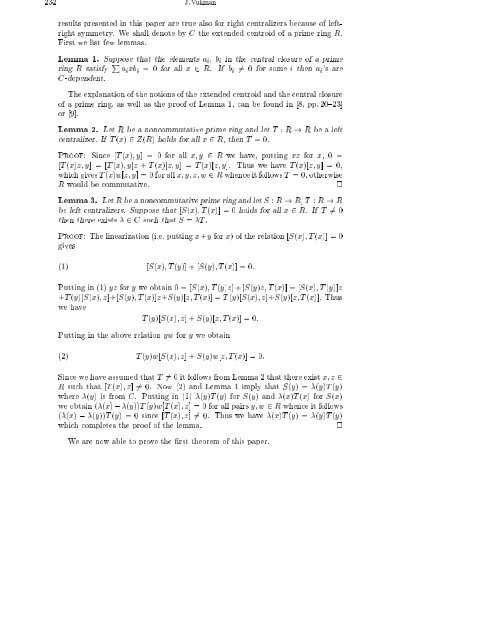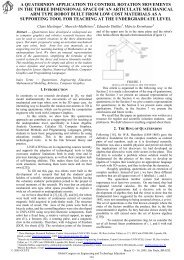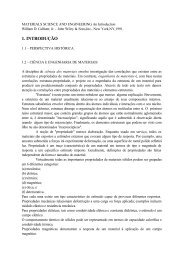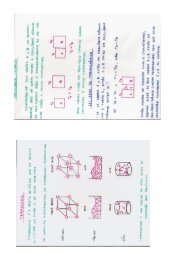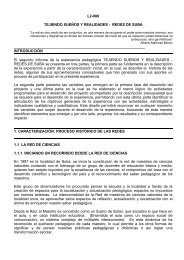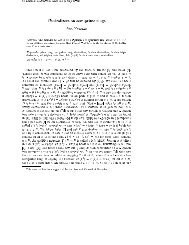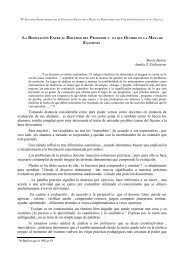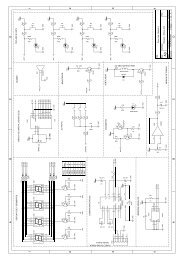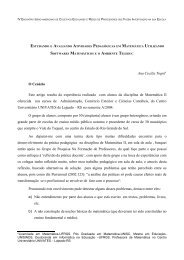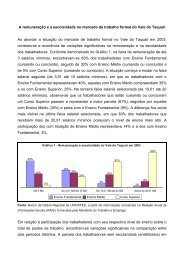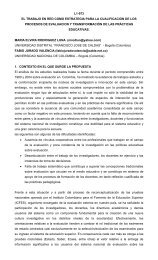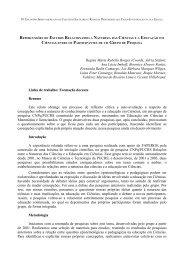Centralizers on prime and semiprime rings
Centralizers on prime and semiprime rings
Centralizers on prime and semiprime rings
Create successful ePaper yourself
Turn your PDF publications into a flip-book with our unique Google optimized e-Paper software.
232 J. Vukman<br />
results presented in this paper are true also for right centralizers because of leftright<br />
symmetry. We shall denote by C the extended centroid of a <strong>prime</strong> ring R.<br />
First we list few lemmas.<br />
Lemma 1. Suppose P that the elements a i , b i in the central closure of a <strong>prime</strong><br />
ring R satisfy a i xb i = 0 for all x 2 R. If b i 6= 0 for some i then a i 's are<br />
C-dependent.<br />
The explanati<strong>on</strong> of the noti<strong>on</strong>s of the extended centroid <strong>and</strong> the central closure<br />
of a <strong>prime</strong> ring, as well as the proof of Lemma 1, can be found in [8, pp. 20{23]<br />
or [9].<br />
Lemma 2. Let R be a n<strong>on</strong>commutative <strong>prime</strong> ring <strong>and</strong> let T : R ! R be a left<br />
centralizer. If T (x) 2 Z(R) holds for all x 2 R, then T =0.<br />
Proof: Since [T (x);y] = 0 for all x; y 2 R we have, putting xz for x, 0 =<br />
[T (x)z; y] = [T (x);y]z + T (x)[z; y] = T (x)[z; y]. Thus we have T (x)[z; y] = 0,<br />
which gives T (x)w[z; y] = 0 for all x; y; z; w 2 R whence it follows T = 0, otherwise<br />
R would be commutative.<br />
<br />
Lemma 3. Let R be a n<strong>on</strong>commutative <strong>prime</strong> ring <strong>and</strong> let S : R ! R, T : R ! R<br />
be left centralizers. Suppose that [S(x);T(x)] = 0 holds for all x 2 R. If T 6= 0<br />
then there exists 2 C such that S = T .<br />
Proof: The linearizati<strong>on</strong> (i.e. putting x+y for x) of the relati<strong>on</strong> [S(x);T(x)] = 0<br />
gives<br />
(1) [S(x);T(y)] + [S(y);T(x)] = 0:<br />
Putting in (1) yz for y we obtain 0 = [S(x);T(y)z]+[S(y)z; T(x)] = [S(x);T(y)]z<br />
+T (y)[S(x);z]+[S(y);T(x)]z+S(y)[z; T(x)] = T (y)[S(x);z]+S(y)[z; T(x)]. Thus<br />
we have<br />
T (y)[S(x);z]+S(y)[z; T(x)] = 0:<br />
Putting in the above relati<strong>on</strong> yw for y we obtain<br />
(2) T (y)w[S(x);z]+S(y)w[z; T(x)] = 0:<br />
Since we have assumed that T 6= 0 it follows from Lemma 2 that there exist x; z 2<br />
R such that [T (x);z] 6= 0. Now (2) <strong>and</strong> Lemma 1 imply that S(y) =(y)T (y)<br />
where (y) is from C. Putting in (2) (y)T (y) for S(y) <strong>and</strong> (x)T (x) for S(x)<br />
we obtain ((x) , (y))T (y)w[T (x);z] = 0 for all pairs y; w 2 R whence it follows<br />
((x) , (y))T (y) =0since [T (x);z] 6= 0. Thus we have (x)T (y) =(y)T (y)<br />
which completes the proof of the lemma.<br />
<br />
We are now able to prove the rst theorem of this paper.


